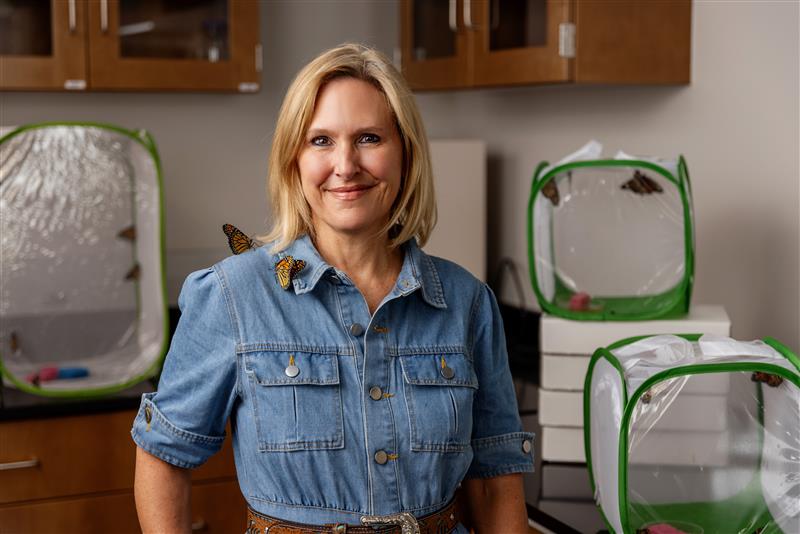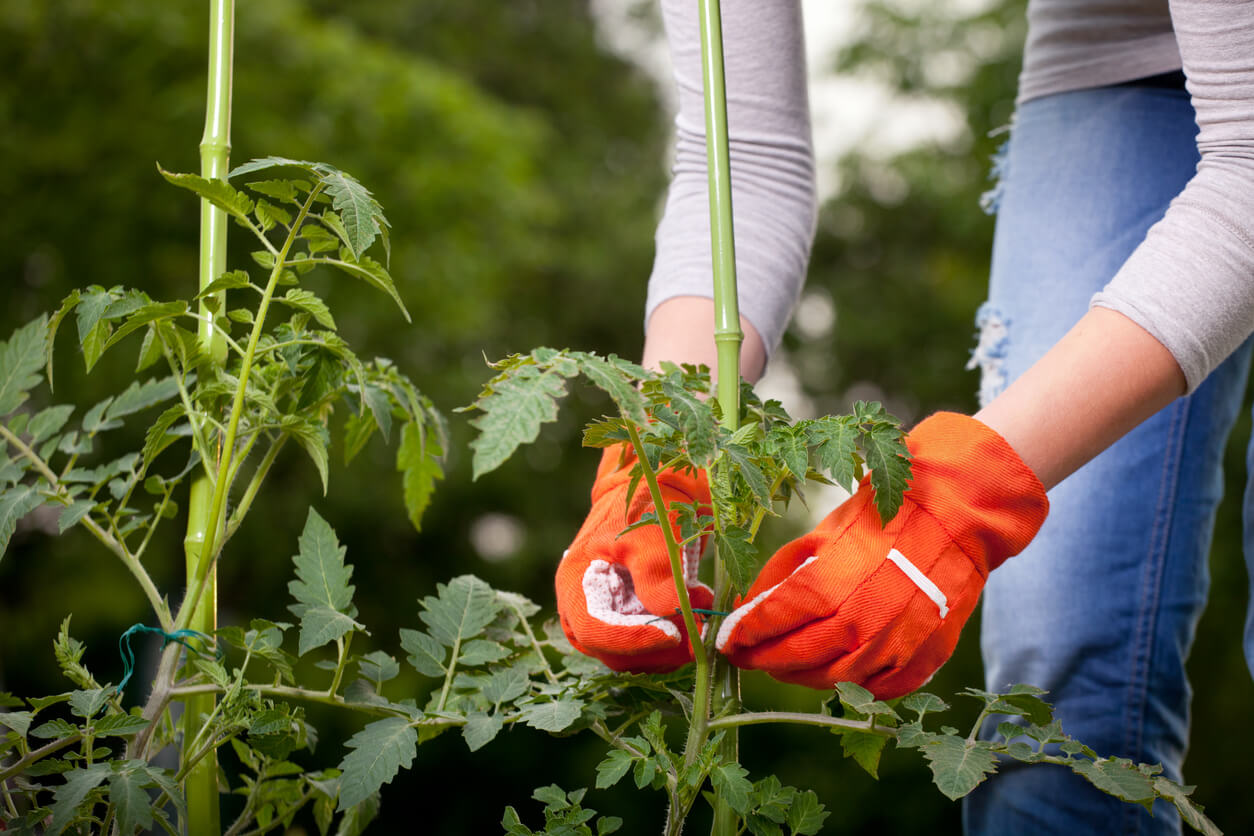By Faith Peppers
University of
Georgia
“Several years ago, my son begged me to buy a roll of chocolate chip cookie dough he could eat as a snack,” said Martha Partridge, a UGA Cooperative Extension agent in Lincoln County. “My instincts told me not to take a chance. If the package says to ‘cook before eating,’ you shouldn’t stray from the directions.”
Recall, reminder
A recent recall of a national gourmet ice cream store’s cake batter ice cream should serve as a reminder. During an investigation, the U.S. Food and Drug Administration confirmed that the sweet cream base of the ice cream was pasteurized but the dry cake mix that was added to the base was labeled a baking mix by the manufacturer.“The dry cake mix was labeled to indicate that it should be baked before using,” said Elizabeth Andress, an extension food safety expert for the UGA College of Family and Consumer Sciences.
Massachusetts, Virginia, Washington, Oregon, Minnesota, Ohio, Michigan and California all had confirmed cases of Salmonella typhimurium illnesses from the ice cream. A case in Illinois was confirmed but is counted in Virginia, since that’s where the person ate the ice cream.
No other flavors of ice cream have been associated with illness to date.
Read the label
The cake batter ice cream was prepared in the ice cream shop. The preparation involved adding a dry cake mix to a pasteurized sweet cream base, and the combination did not undergo further processing before freezing.“FDA wants to increase awareness that Salmonella is known to occasionally be present in flour and other ingredients that may be listed on the dry cake mix label,” Andress said. “The bacteria may also be in other nonanimal foods such as barley, cereal powders and yeast.”
“Dry cake mix is a product designed to be rehydrated and then cooked,” Partridge added. “It should not be considered a ready- to-eat food because it hasn’t been processed to ensure that pathogens have been destroyed or reduced in numbers to an acceptable level.”
Follow directions
Ready-to-eat foods are typically processed to ensure that they’re safe to eat without further cooking. Similar products, such as cookie dough ice creams and cake mix milk shakes, could also pose a serious food safety risk if they’re prepared with ingredients that are intended to be cooked, the FDA ruling said.“The FDA is informing the retail and food service industries that incorporating an ingredient that’s intended to be cooked into a ready-to-eat food that will not be cooked or otherwise treated to eliminate microorganisms of public health concern can pose a serious food safety risk,” Partridge said.
A report on the recall says that the FDA is also asking food service operations to review their menus for these types of products. They should either work with their suppliers to ensure that all ingredients are intended to be ready-to-eat or to process their final products.
“While you’re considering whether your recipes call for dry mixes to be added to an uncooked product, remember to think about other hazardous ingredients, also,” Andress said.
“Remember that temptation to lick the cookie or cake batter beaters?” she asked. “Raw, unpasteurized eggs are another source of Salmonella bacteria. Unless you use pasteurized eggs, resist that temptation. Wait until the cookies or cakes have been baked to indulge, or you risk getting sick.”
Cook completely
This also means your scrambled, fried or boiled eggs should also be cooked completely.“If you choose to eat over-easy or runny eggs, you’re taking a risk on getting salmonellosis,” Andress said. “Restaurants in Georgia are required to warn customers that eating certain undercooked or raw foods, including eggs, poses a health risk.”
When you’re cooking in your kitchen, take routine precautionary measures, too, to prevent cross-contamination from raw products and surfaces that haven’t been adequately cleaned and sanitized.
“So, if you are wondering if it’s safe to let your kids lick the bowl,” Partridge asked, “the answer is: Who wants to take a chance?”
If you have further questions, contact the Retail Food Protection Program, Center for Food Safety and Applied Nutrition, U.S. Food and Drug Administration, at 301-436-2440 or 301-436-2438.






